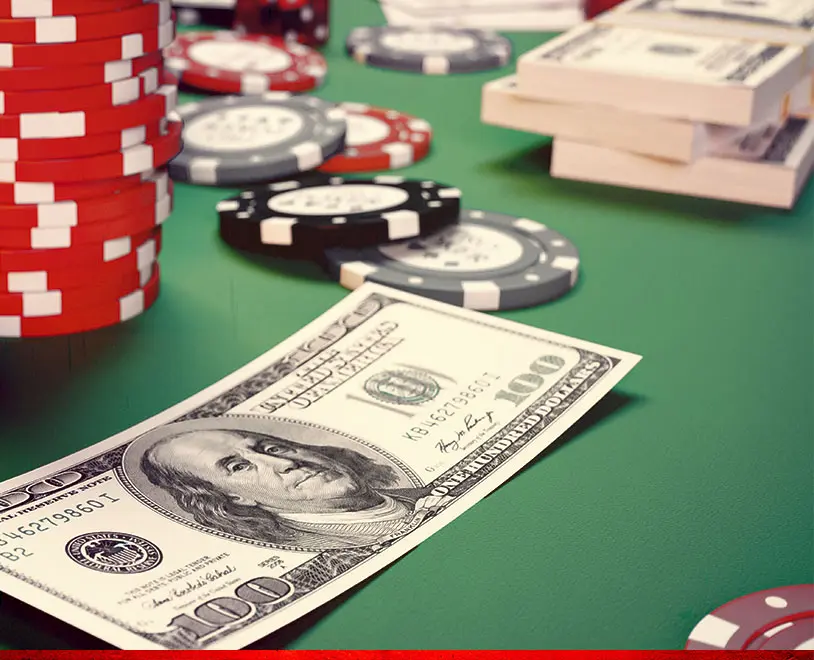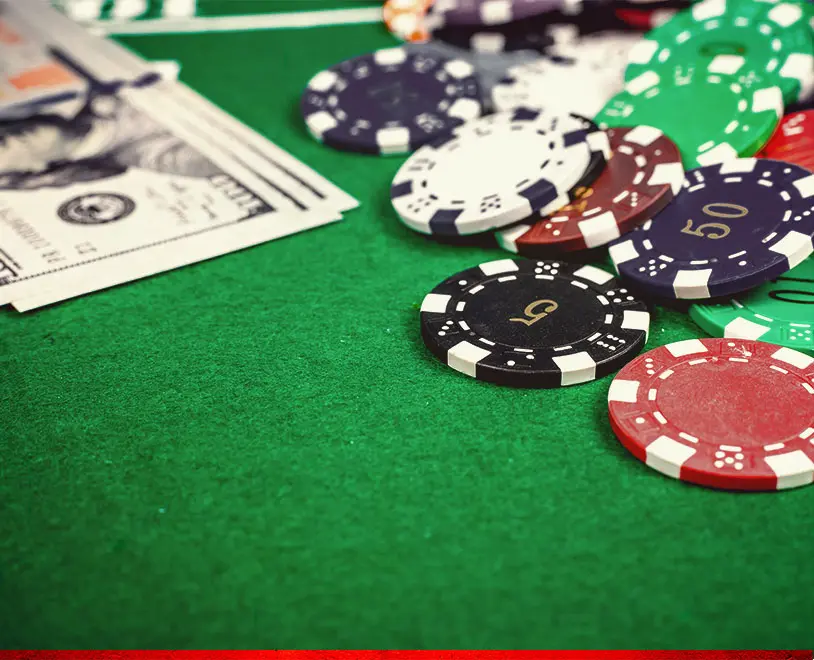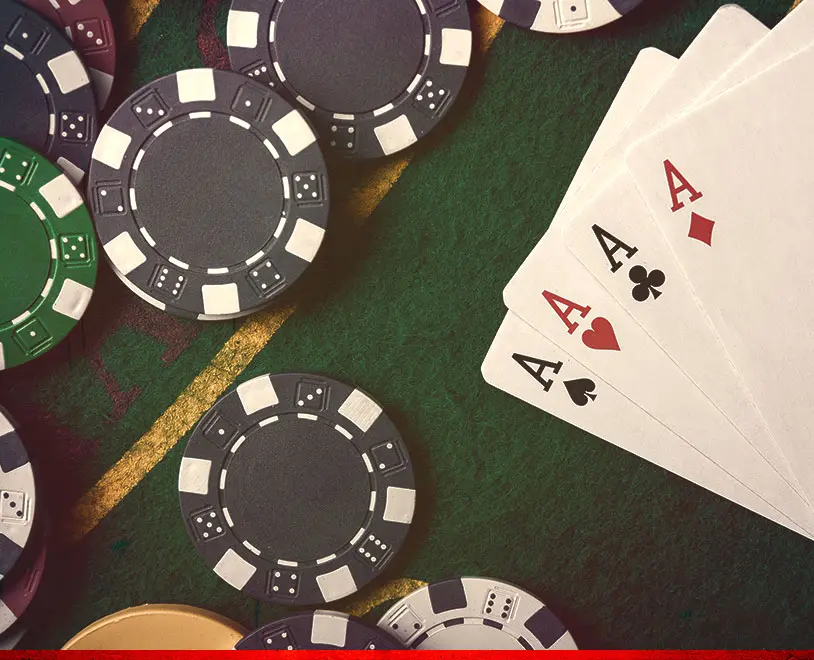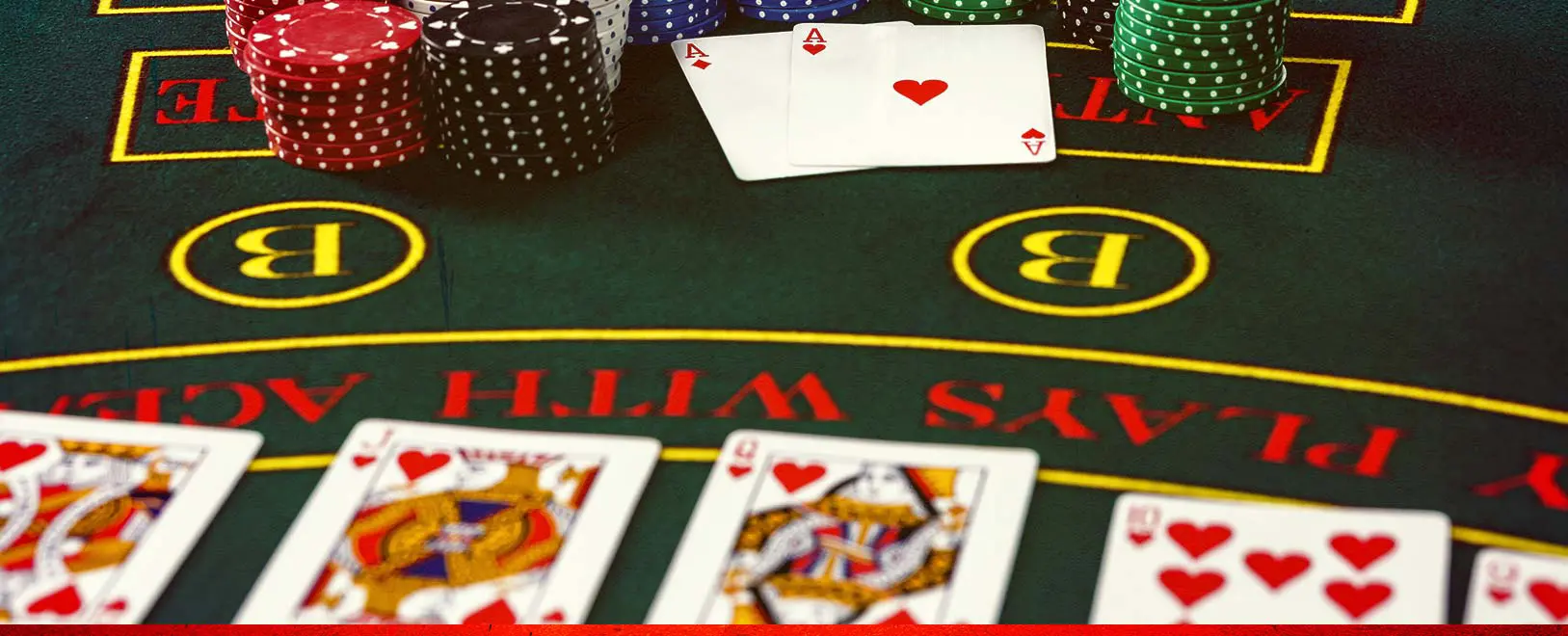We’ve shown you how to deal with the opening stages of MTTs. We’ve shown you what to do during the middle stage. Our guide for how to win poker tournaments wraps up with Part 3: The End Stage. If you want to learn how to play online poker tournaments like an end boss, you’d better know what to do when the end actually comes.

What Does “In the Money” Mean?
When we talk about the end stage of a Multi-Table Tournament in this guide, we’re talking about what happens after the bubble has burst and you’re in the money (ITM) – along with all the other survivors. Getting to this point is a feat in and of itself; you’ll only finish ITM about 15-20% of the time. Your reward for making it this far is the infamous min-cash, which will usually be around twice your original buy-in. There’s a lot more work to be done if you want to win the really big prizes at the top.
And those prizes can get really, really big. Let’s take a look at the top five prizes for Event #62 of the 2018 Super Millions Poker Open at Ignition; this was a $250+$20 No-Limit Hold’em tournament with 195 entries and a total prize pool of $48,750.
1st: $8,654.27
2nd: $6,521.28
3rd: $4,913.02
4th: $3,701.58
5th: $2,778.75
That’s a lot of cheddar. Almost half the prize pool was split up among the top-three finishers, and there was a pay jump of over $2,000 between second and first – that’s eight times the buy-in. Compare that to the $456.05 min-cash that the players who finished between No. 27 and No. 39 received, and you can see why it’s important to learn how to navigate the end stage of a tournament with confidence.

Winning Poker Strategies for the End Stage
Aside from all that cash, there are two special characteristics that make the end stage of a tournament different from the rest. One, you’re generally dealing with the shortest stack sizes of the event, as the blinds and antes continue to rise. Two, and this is extra-important, you’re going to be playing short-handed once you reach the final table and more players get eliminated. The first part isn’t too difficult to deal with. As the effective stack gets down to around 10-15 big blinds, all that leverage you had during the earlier stages will disappear. You’ll be left with two viable options: Go all-in, or fold. The shorter your stack, the more incentive you’ll have to push, giving much more weight to big off-suit cards than small suited connectors. This is the kind of stuff you can download the poker software to help you figure out, or go online and look for some charts to print out and study – from a reputable source, as always. Dealing with short-handed play is a whole other animal. Many tournament players lack the experience they need to navigate final tables properly, since it’s a rare occasion they make it that far. One way around this is to spend time playing 1-table Sit-and-Gos tournaments (SNGs), where every tournament you play starts at the final table. You’ll get to work with different stack sizes and different numbers of players left at the table, giving you the opportunity to hone your skills in a less stressful environment, so you’ll be ready to act when there’s really big money on the line. When you’re playing these Sit-and-Gos at Ignition Poker, you’ll want to play a healthy mix of full-ring, 6-max, and heads-up SNGs. The fewer players there are at the table, the wider people’s opening and defending ranges should be, since there’s less danger of being played back at. Heads-up poker has the widest ranges of them all; this is where most tournament players will be at their weakest, and it’s where the money jump is the largest, so if you spend ample time working on your heads-up game, you’ll be better prepared to claim that giant first-place prize when you finally get the chance.

What Is the Independent Chip Model (ICM)?
If you learned the poker strategy we discussed for the middle stage of the tournament, you’ll remember that people change the way they play when the money bubble is approaching. There’s a lot more folding than usual; players with medium stacks will try to avoid putting their tournament lives at risk when they can just wait for the shortest stacks to get eliminated.There are plenty more bubbles waiting to burst once you’re in the money. Depending on how large the field is, you might have several more pay jumps before you get to the final table, at which point every elimination is like its own bubble. The general concept for dealing with these bubbles remains the same: Short stacks need to attack anyone they can, medium stacks need to attack the shorties, and the big stacks can pound the medium stacks with near impunity. The thing is, as you move up the ladder and the pay jumps get bigger, this bubble dynamic gets super-heated. There’s so much value in avoiding risk and laddering up that it can often seem like everyone is folding all the time. There’s a formula to help us understand this dynamic that you might have heard about: the Independent Chip Model (ICM). It’s a concept that shows the approximate cash value of your chips at any point in the tournament, and when you’re getting down to the nitty-gritty at a final table, those chips are incredibly valuable. You don’t want to lose them by committing “ICM suicide” and making an unnecessarily risky play. Again, ICM is the kind of thing you can use poker software to analyze and help develop your tournament strategy. But for now, just remember that “tight is right” during these late-stage pay jumps. And the more important the money is to you personally, the more incentive you have to ladder up incrementally rather than risk losing a medium-large prize by aggressively chasing down first place. There you have it: the nuts and bolts of tournament poker. We’ve looked at all three stages of the tournament, from the early stage with its deeper stacks, to the middle stage where the antes kick in, all the way to the late stage and those massive pay jumps. Master all three stages, and you’ll put yourself in the best position to earn yourself the biggest rewards there are in poker. We’re looking forward to seeing you hoist some silverware in the near future; until then, best of luck at the tables.
